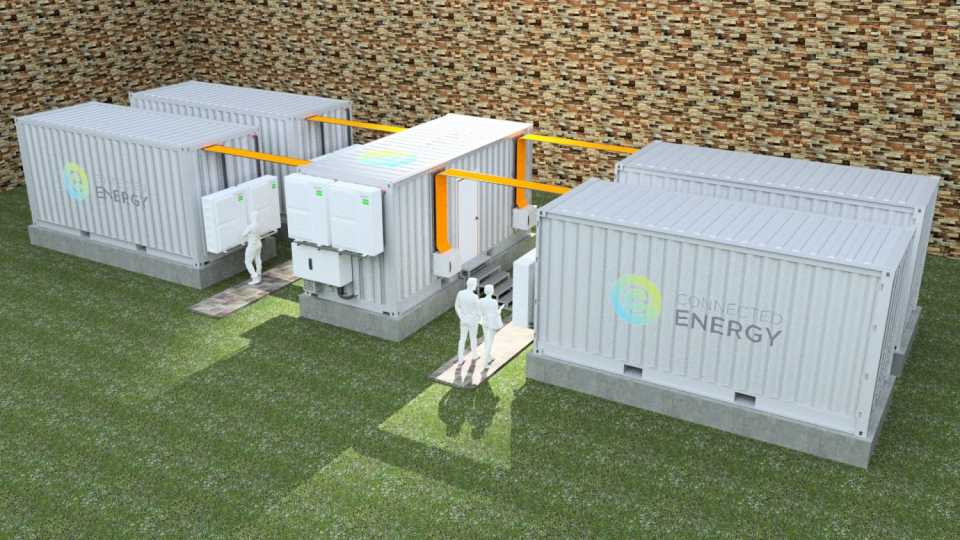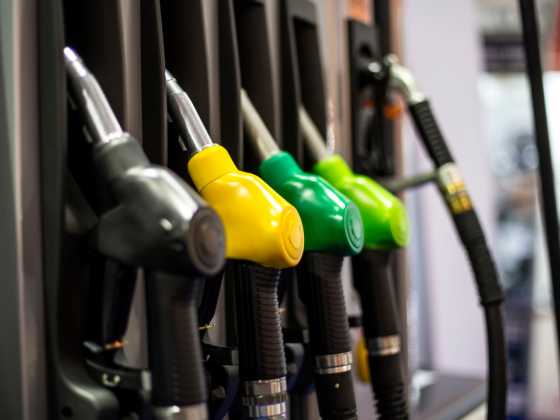Renault reveals two energy projects using second-life batteries

Groupe Renault is announcing two new second-life battery programmes with the SmartHubs Project in West Sussex, UK and Advanced Battery Storage in Douai, France, two of the largest projects of their types in Europe.
The aim is to bridge the gap between electricity consumption and production in order to increase the share of renewable energy, as well as maintaining the balance between supply and demand on the grid by integrating different energy sources with intermittent production capacities.
The SmartHubs project, in collaboration with Connected Energy is located in West Sussex, UK. Over 1,000 second-life batteries from Renault vehicles will be used alongside other technologies as part of a local energy system to help provide cleaner, lower cost energy for use in social housing, transport, infrastructure, private homes and local businesses. The second-life batteries will be installed into Connected Energy’s specially designed E-STOR systems.
The SmartHubs project involves the installation of several 360kWh E-STOR systems on industrial and commercial sites, with some linked to solar panels and EV chargers to help sites reduce energy costs and optimise the use of renewable energy. A large E-STOR Cluster system using around 1,000 second-life batteries to store 14.5 MWh of energy will also be installed. This will rapidly charge and discharge to help balance the electricity network. It will store enough energy to power 1,695 average homes for a full day. The SmartHubs project is one of four UK government-initiated projects designed to help design the energy systems of the future.
This large-scale project is being carried out by a consortium led by Connected Energy with partners Moixa, PassivSystems, ICAX, Newcastle University, West Sussex County Council and Innovate UK.
In Douai, France, the first Advanced Battery Storage has just been installed at the Renault Georges Besse plant with a capacity to store 50 MWh across several sites. The energy storage systems make it possible to regulate and stabilise the network by charging the batteries when demand is low, then returning the energy contained in these batteries back into the network as soon as demand is high again.
The Advanced Battery Storage system uses second-life batteries, as well as new batteries, stored for future aftermarket use for a total capacity close to 5 MWh. The Advanced Battery Storage project has been carried out in close collaboration with partners Banque des Territoires, Nidec, The Mobility House, Demeter, and with the Ecological Transport Modernization Fund.



